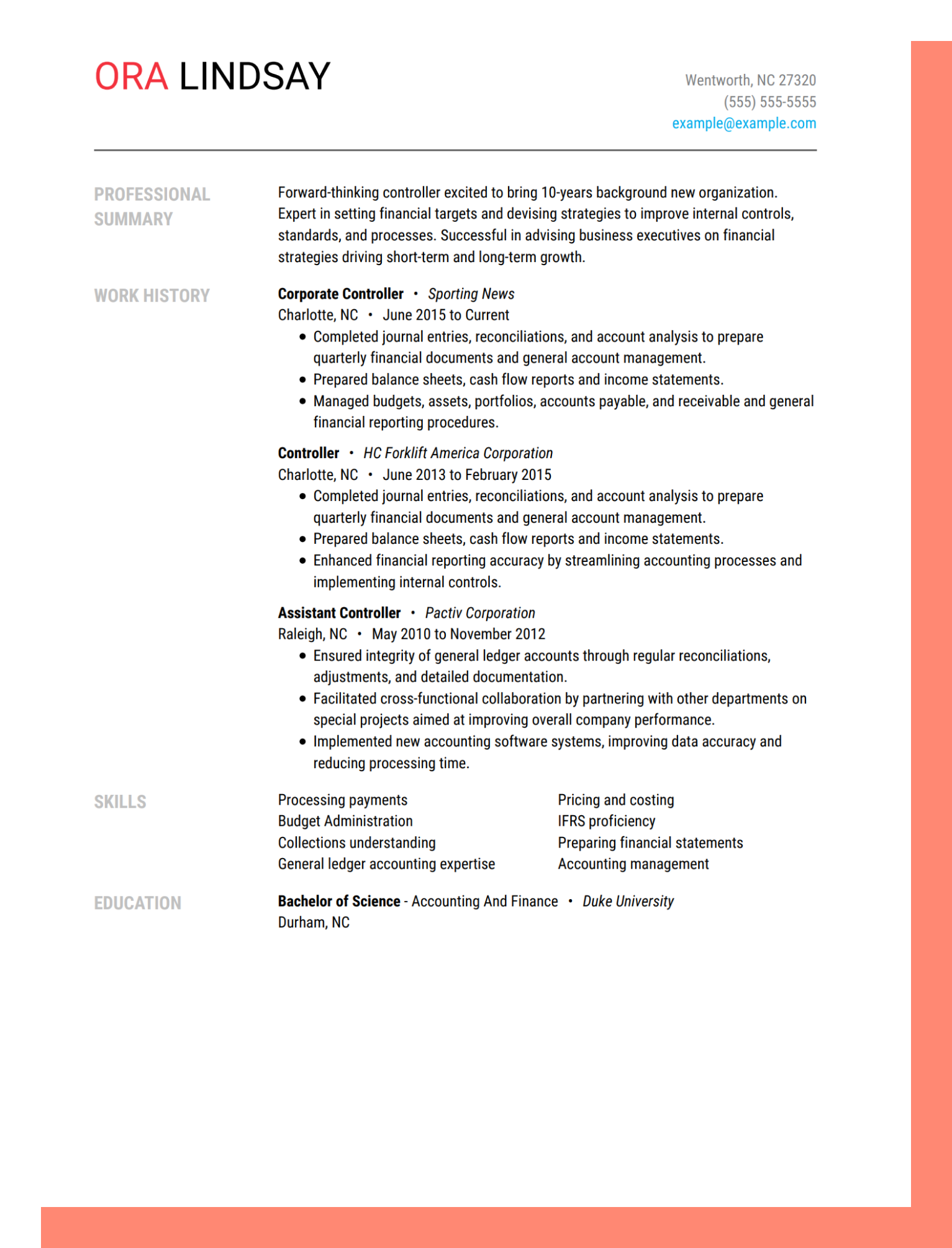Top Graphic & Web Design Resume Examples

Our customers have been hired at:*Foot Note
Your designs combine functionality with artistry. You know how to represent a brand and how to make the most out of a layout. It’s time to design the next step of your career and write a resume to showcase your skills.
We’re here to help you build the perfect graphic and web design resume or CV and create an effective cover letter to match it. Get inspiration from our resume examples, CV examples and cover letter examples to get you started.
Resume examples for top graphic and web design jobs
More graphic-web-design resumes by job title
Our customer reviews say it best
Our resume builder makes it easy to craft an impressive, ATS-friendly resume in just minutes.
- Free professionally designed templates.
- Expert suggestions for every section of your resume.
- Start a resume from scratch or edit your existing resume.
Graphic and web design resume FAQ
What are some common skills required for graphic and web design jobs?
What qualifications and certifications do employers look for in this industry?
Qualifications vary according to location, employer and role. Graphic and web design employers often require a bachelor’s degree or postsecondary education.
You can also pursue a certification to hone your craft and stand out from other applicants. For example, Google UX Design Professional Certificate, Adobe Certified Professional or Graphic Design Certification, among many others.
What is the salary potential for a graphic and web design professional?
The salary of a graphic and web design professional varies according to employer, job title and location. The Bureau of Labor Statistics (BLS) reports the median pay is $50,710 per year. BLS also reported the following as median pay for similar occupations:
- Desktop publishers: $46,910 per year
- Web developers and digital designers: $78,300 per year
- Special effect artists and animators: $78,790 per year
What does the career progression for a graphic and web design professional look like?
The Bureau of Labor Statistics projects 3% growth in graphic and web design employment, just below the 5% projected growth for all occupations. Despite the decline, the BLS expects 24,800 job openings each year until 2031, both from new positions and replacements.
What’s the ideal resume format for a graphic and web design resume?
The ideal resume format will highlight your strengths and value as a candidate. Choose one according to your years of experience and career goals in graphic and web design.
- Functional format: The choice for entry-level candidates. Its layout focuses on skills, allowing you to showcase the abilities you bring to the table.
- Combination format: Ideal for those with a few years under the belt, this format balances skills and work experience.
- Chronological format: Perfect for candidates with a decade or more of experience. This format highlights your expertise through a detailed work history section.
How we reviewed this article
Since 2012, we have helped more than 11 million job seekers. We want to make your career journey accessible and manageable through our services and Career Center’s how-to guides and tips. In our commitment to bring you a transparent process, we present our Editorial Process.
Sources
Bureau of Labor Statistics.
https://www.bls.gov/ooh/arts-and-design/graphic-designers.htm#tab-8

